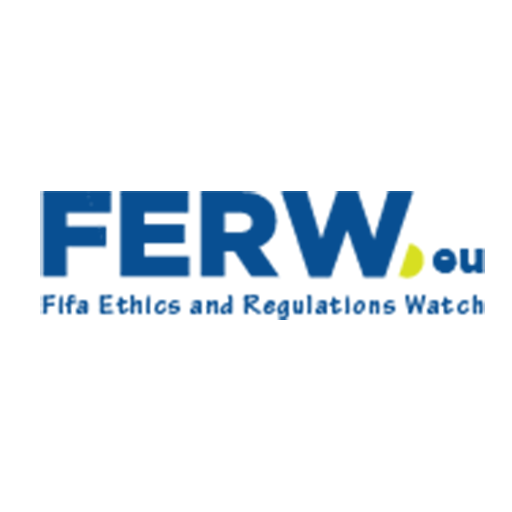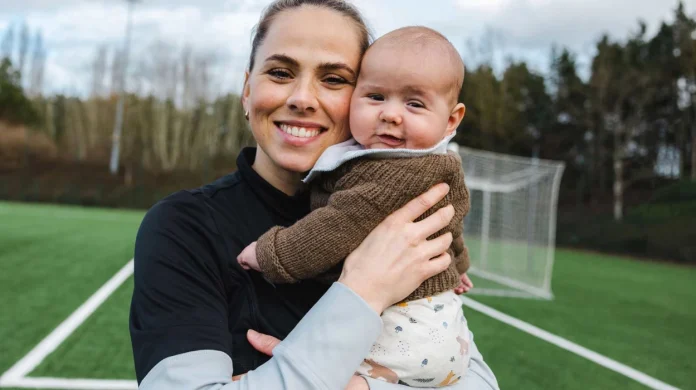In 2025 FIFA updated and extended its women players work structure promising what the organization called baseline protections of maternity leave and parent health. This was an improvement on the previous rulings in 2021 and added 14 weeks of maternity leave to biological mothers and at least eight weeks of maternity leave to non-biological mothers, adopting parents or partners of the same sex.
The clubs are now considered obliged to ensure that they do not terminate the contracts of pregnants. They can be fined or barred to transfer in case they are detected errant. The legal guidance of FIFA also specifies equal remuneration in the event of maternity absence and provides an option of temporary substitute in the cases when the employee is absent due to maternity. This organisation is theoretically designed to help provide a sustainable career ladder to women players who wish to become parents without adversely affecting their professional development.
Implementation Inconsistencies And Regulatory Limits
The success of FIFA labor protection of women players depends on the method of national federations. However, FIFA offers no direct enforcement agency or auditing agency to monitor whether this is being enforced, especially in lower division/resource-thin football regimes. This leads to the development of discrepancies in the protection that can vary based on geography, infrastructure, and federation priorities.
Although it has been indicated that the contracts used by clubs in countries such as the United States, Germany and Italy have undergone changes in order to reflect the FIFA framework, the same cannot be said in emerging markets. FIFA has pledged to provide technical assistance and advisory help and has not yet released specifics of what forms of finance it will take or when it will be introduced. That way, players in the less developed regions can also be denied the same degree of security, even though they are governed by the same set of rules.
Club-Level Compliance And Economic Viability
Clubs in the higher levels in Europe and North America have tended to better absorb these reforms. Another one has established on-site childcare centers, lactation rooms, and re-integration schemes to ease the returning mothers. But in many other clubs structural and financial constraints do not allow them to be fully compliant. A lack of concrete support packages provided by FIFA can leave such clubs both non-compliant with rules and operationally unstable.
Administrative And Logistical Challenges
Besides the financial implications, administrative arrangements of offering medical care, adaptable working schedules, and breastfeeding services may not be ideal in many clubs in lower divisions. The access to high-level sports medicine and social services can be key in making such policies more than the superficial. FIFA has not indicated whether failure to meet these conditions would trigger sanctions or funding cuts, which leaves ambiguity in enforcement.
Shaping Public Perception Through Stakeholder Advocacy
The updated maternity regulations arrived after years of advocacy by unions, legal experts, and player groups such as FIFPRO. In January 2025, FIFPRO’s legal director Alexandra Gómez Bruinewoud remarked that “pregnancy should not be treated as a career risk, but as a protected condition of employment.” Her statement captured the intent behind the policy shift and helped position the reform as part of a broader labor rights framework in sport.
Engagement by FIFA with political and advocacy groups contributed to the public narrative around these changes. Positive media coverage and stakeholder endorsements have helped FIFA present the reforms as a global standard, particularly during official tournaments and regional leadership meetings in early 2025.
Tensions Between Competitive Integrity And Labor Rights
There has been limited but vocal resistance from stakeholders within men’s football, where concerns have surfaced regarding how maternity-related absences might affect squad balance and scheduling. Critics have questioned whether allowing replacements outside of standard transfer windows could create uneven competition. These concerns highlight persistent tension between enforcing labor protections and maintaining competitive parity.
Despite these objections, labor organizations argue that policy must lead cultural change—not wait for it. They emphasize that systemic bias cannot be dismantled without clear, enforced rights. The underlying view is that women’s participation should not require them to choose between career and family, particularly in a sector that increasingly benefits from their commercial presence.
Institutional Motives And The Politics Of Timing
The 2025 reforms emerged at a time when FIFA faced ongoing criticism regarding gender inequality, lack of investment in women’s football, and its role in broader human rights debates. From the outside, it is not clear whether these reforms were driven by internal commitment or external reputation management. What is certain is that they coincided with growing scrutiny of FIFA’s record on equity, and with mounting calls for governance reform from global sports institutions.
FIFA has framed the maternity updates as a leadership step that aligns with international trends. Yet, several international sports bodies have taken more integrated approaches, embedding labor protections into their event planning, funding structures, and grassroots programs. FIFA’s focus remains primarily at the elite professional level, which raises concerns about how far-reaching these protections truly are.
Implications For Global Football Governance
The discrepancy in uptake among leagues underlines the challenges of creating a global standard in a fragmented football economy. While some elite clubs have adopted best practices, others operate in regulatory vacuums. The reliance on national federations to enforce FIFA’s rules allows for inconsistency and may unintentionally deepen existing inequalities between football’s economic centers and its periphery.
As of mid-2025, no independent compliance body has been introduced to audit these protections, and no player-led grievance structure exists at FIFA level. Without these tools, players who are denied protections must navigate opaque systems with few remedies. This gap suggests that while the regulations may be comprehensive in language, they are not necessarily transformative in function.
The question that now follows is whether FIFA will expand these reforms into a broader model of institutional support, or whether they will remain confined to symbolic updates with limited reach. As women athletes continue to demand equitable treatment and as more federations face questions on gender policy, the outcome of this framework will serve as a test case—whether it represents foundational progress or a selectively implemented response to pressure.




